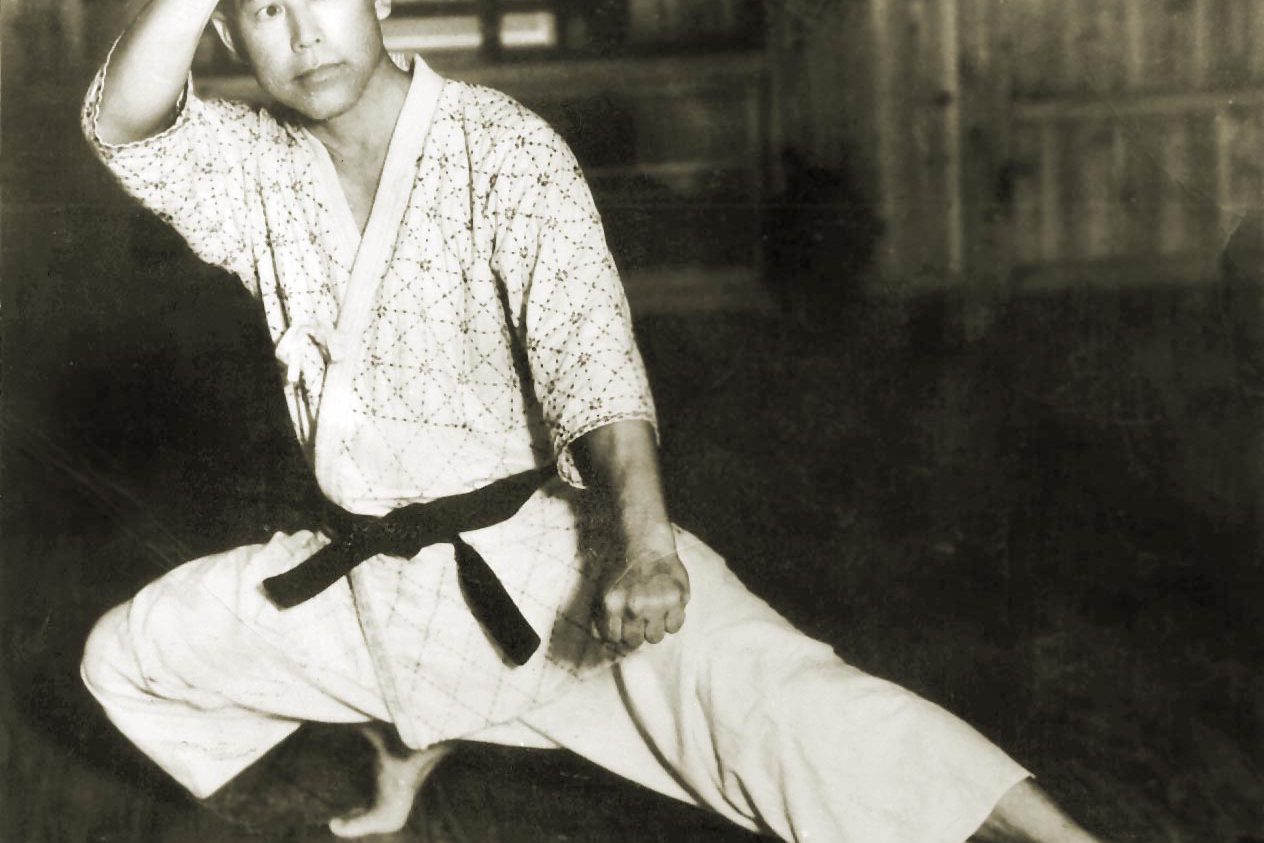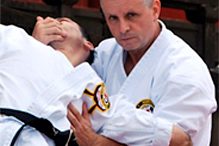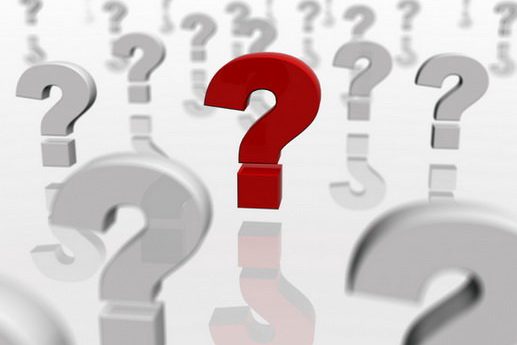In Karate we often deal with numbers.
So this post is going to be about that. When I wrote the word mysticism in the title, I really meant numerology. But mysticism sounds cooler, and it’s almost the same thing.
Numerology is for some people a weird “pseudo-science”. That is because we are so enlightened these days. In the old days, numbers were far more fascinating and important to ordinary people, and were said to have mystical powers. Some of those “number-traditions” still exist.
For example, some buildings in America lack a 13th floor, just because the number 13 is associated with bad luck. And who hasn’t heard about “the number of the beast”, 666? And in Japan they don’t like 4 and 9, because they are pronounced like “death” and “suffering”.
That’s why you never get 4 pieces of the same sushi. Except here in Sweden where they don’t care. In fact, 3 is the best number in Japan, so if you get 3 pieces of the same sushi you can feel safe…
Anyway, that was just to show you that numerology is, in fact, alive and kickin’ today even though it might be a “pseudo-science” or just plain old superstition.
Over to Karate.
More specifically the names of kata.
Often a kata is named after its creator. Or maybe an animal, or something similar.
But there are several kata that bear the name of a number. I mean, how boring is that?! Doesn’t it sound a lot cooler to say “I’m going to practise Flying Eagle Slashing the Sleeping Tiger” than “I’m going to practise 72” ?
Sure, it does, but the fact remains.
Several kata are translated as numbers. In the example above, 72 is in fact the kata Seienchin. There are plenty more. Here are a few ones from the top of my head:
- Seienchin = 72
- Seisan = 13
- Shisochin = 4 (directions)
- Niseishi (Nijushiho) = 24
- Useishi (Gojushiho) = 54
- Neipai (Nipaipo) = 28
- Peichurin (Suparinpei) = 108
- Sanseiru = 36
- Seipai = 18
- Sanchin = 3 (battles)
- Seiryu = 16
Now comes the question: Why numbers? And why these numbers?
There are several theories, and I believe these three are the most widespread:
1. The number represents the number of steps
This theory states that for example Seisan (13) contains 13 steps. The creator of the kata simply named the kata after the number of steps. That made it easy for the students, because he could just say “Let’s practise number 13” and everyone knew which mnemonic template (fancy word for kata) he was referring to. And if a student ended up with 14 steps, or 12 steps, he knew that one step was wrong somewhere, so it was easy to correct. Sounds logical.
But when we examine the kata(s), we see that the number never fits the steps. That might be because the kata(s) have been changed during the course of history, while the name has remained…? Or maybe the number simply doesn’t represent the number of steps? I mean look at (for example) Seienchin. It has about 25 steps. Where did two thirds of the steps go? Look at the other kata too.
This theory is a waste of time.
2. The number represents the number of self-defense scenarios (bunkai)
Let’s continue with Seisan (13) as an example (it’s faster to write than Suparinpei or Gojushiho!). According to this theory, a kata contains as many applications as the name says. This sounds logical, but a quick look at any “number-kata” shows this is not practical.
Imagine Suparinpei (108) containing 108 self-defense scenarios! Considering its repetitive nature (even the old version), it’s simply not realistic. And why on earth would somebody devise a kata containing defenses against 108 attacks, when you are most likely to be attacked by maybe 5-10 different attacks (swing, tackle, bear-hug, neck-lock, strangle, wristgrab, head butt and some more). It would take a week just to do the two-person drill!
This theory is just… not good.
3. The numbers are magical/mystical/powerful and have deeper meanings in Buddhism
This theory is quite famous. And the core is this: Buddhists believe that man has 108 (Suparinpei) evil passions.
Therefore, a bell is rang on the 31st of December ever year in Buddhist temples to drive away those 108 (Suparinpei) evil passions. Okay, so far so good. Now here is the tricky part: When the six so called “aspects of kon” (eye, ear, tongue, nose, body, and spirit) touch the “six aspects of jin” (colour, voice, smell, taste, touch, and justice), the six kon create 3 (Sanchin) worldly desires of good, bad, and peace, and become 18 (Seipai) worldly desires.
Then another 3 (Sanchin) worldly desires – pain, pleasure, and abandonment – touch the six kon. This makes another 18 (Seipai) worldly desires. This makes 36 (Sanseiru) altogether. Obviously 3 x 36 = 108 (Suparinpei).
And guess what 2 x 36 is? 72 (Seienchin).
And what is half of 108? Well, its 54 (Gojushiho).
And the list goes on… Personally I don’t understand half of what I just wrote (maybe because I copied it from some strange Buddhist website), but considering the nature of the Chinese, this theory is not so weird actually. They just love numbers. But why would a kata be named after Buddhism numbers anyway? Just because you love numbers you don’t have to name your kata a number. What has that got to do with self-defense?
Don’t look at me. I don’t know.
And according to the “father of modern Karate” Itosu Ankoh‘s writings in 1908, Karate “did not develop from Buddhism”.
I believe the man. The numbers are not from Buddhism. Case closed.
There are many more theories, of course, and you could sit all day trying to figure out what the numbers represent. But enough with the theories.
I want facts.
Cold, hard, sharp facts, that slice through theories like a perfectly forged samurai sword.
And that’s the biggest problem in Karate research.
The are none.
It is a matter of fact that we lack facts (advanced wordplay going on…). The best we can do is make qualified guesses and theories. And then use Ockham’s razor and other principles when determining which theories should be discarded and which should be kept. Although some theories stick quite a long time (often due to politics and egos), eventually we will end up with a few (preferrably one) theory, that over time will, in fact, become a fact.
As for now, the numbers of kata remain a mystery.
Stay tuned for pt. 2, which will unveil another mystic number-phenomenon in Karate!



12 Comments